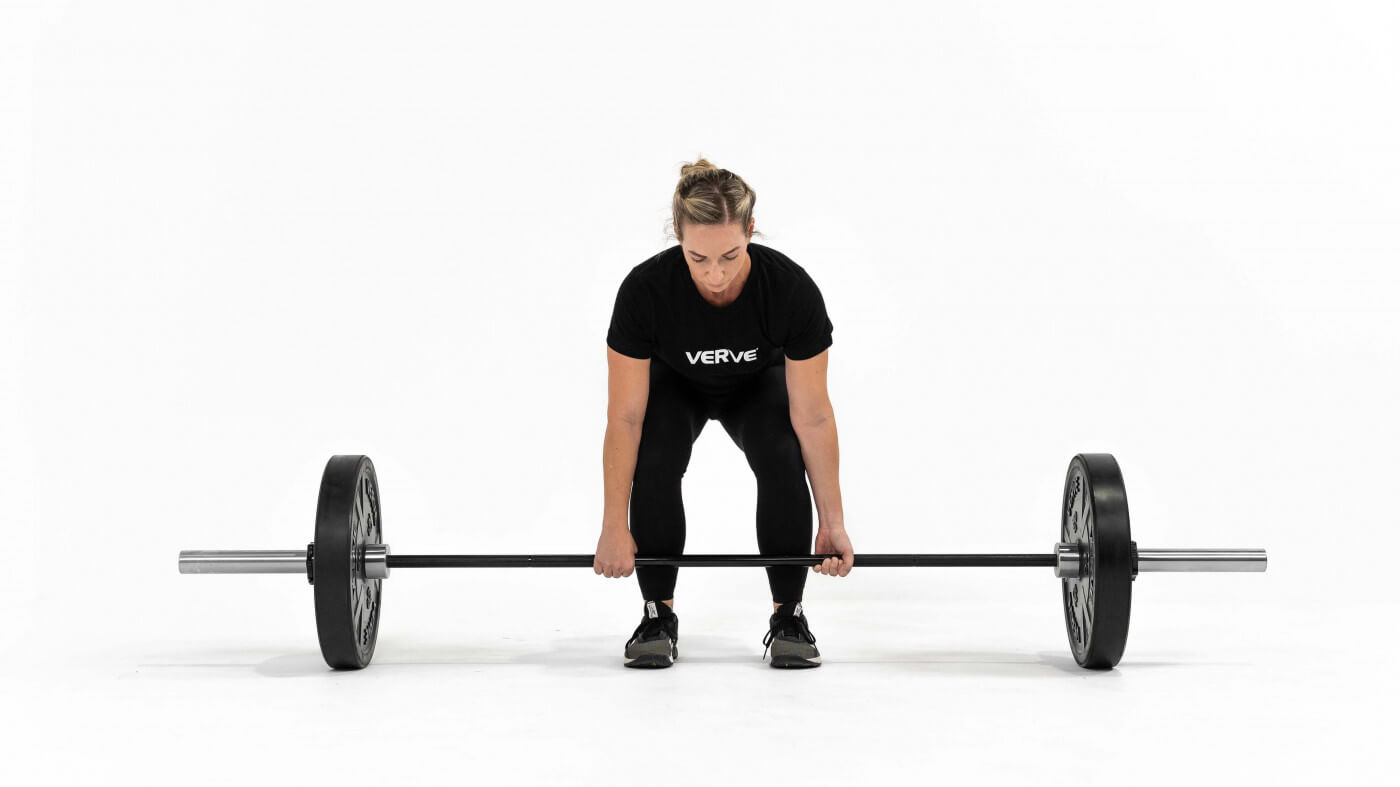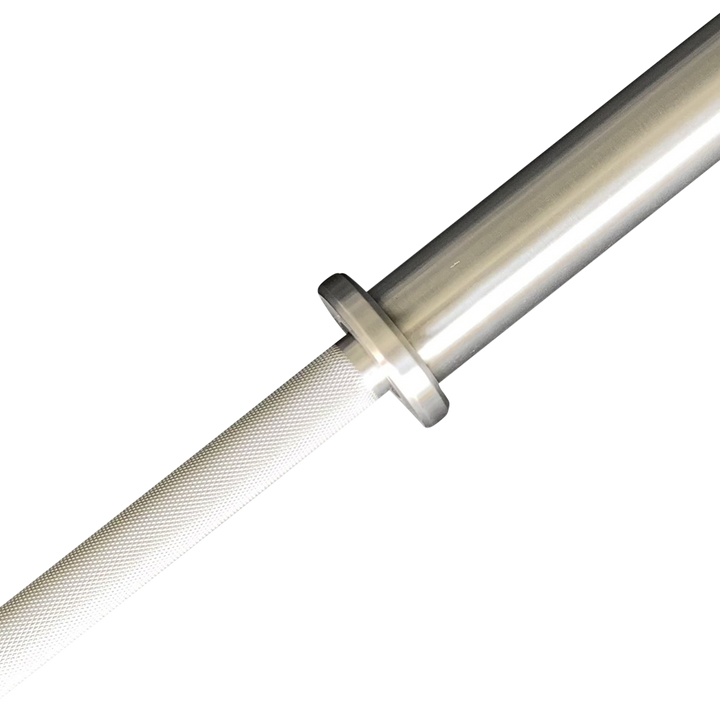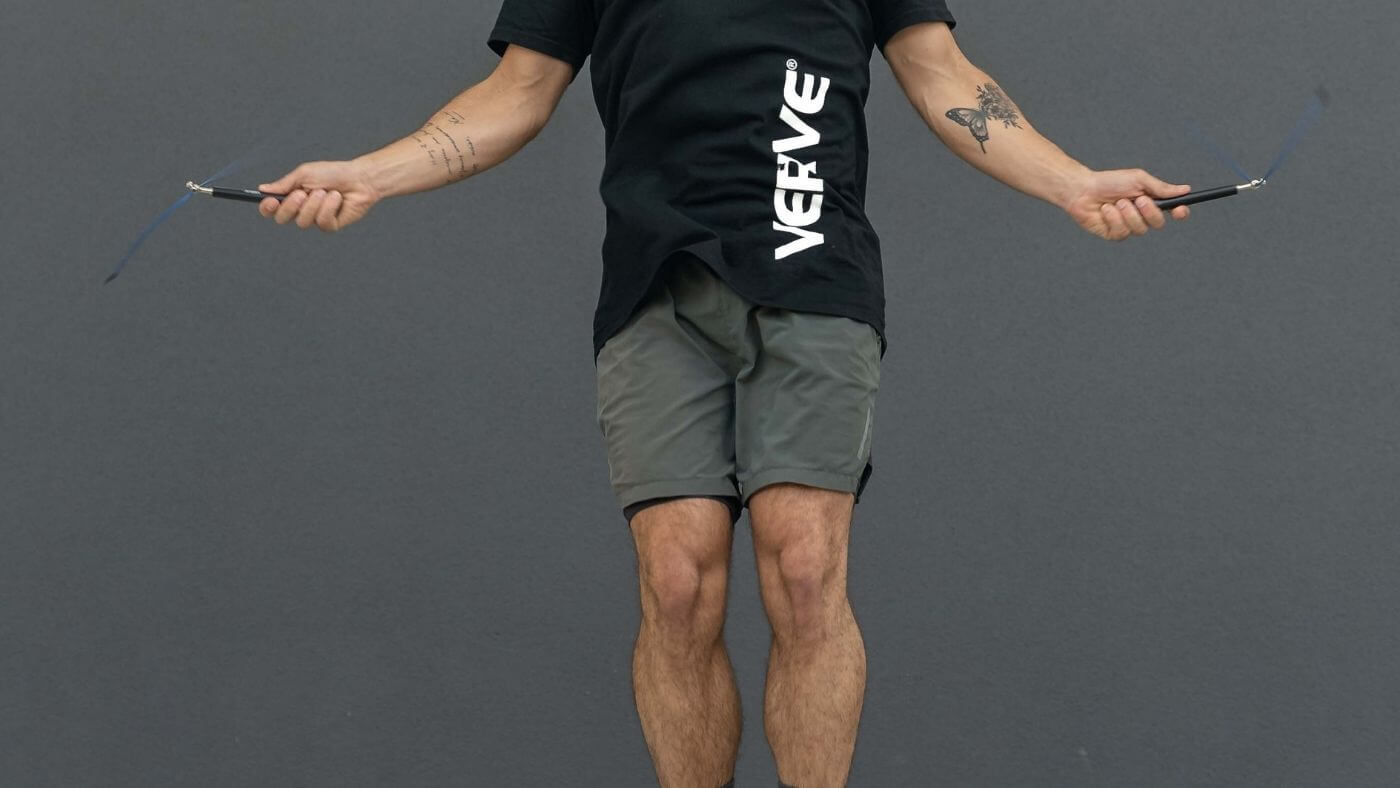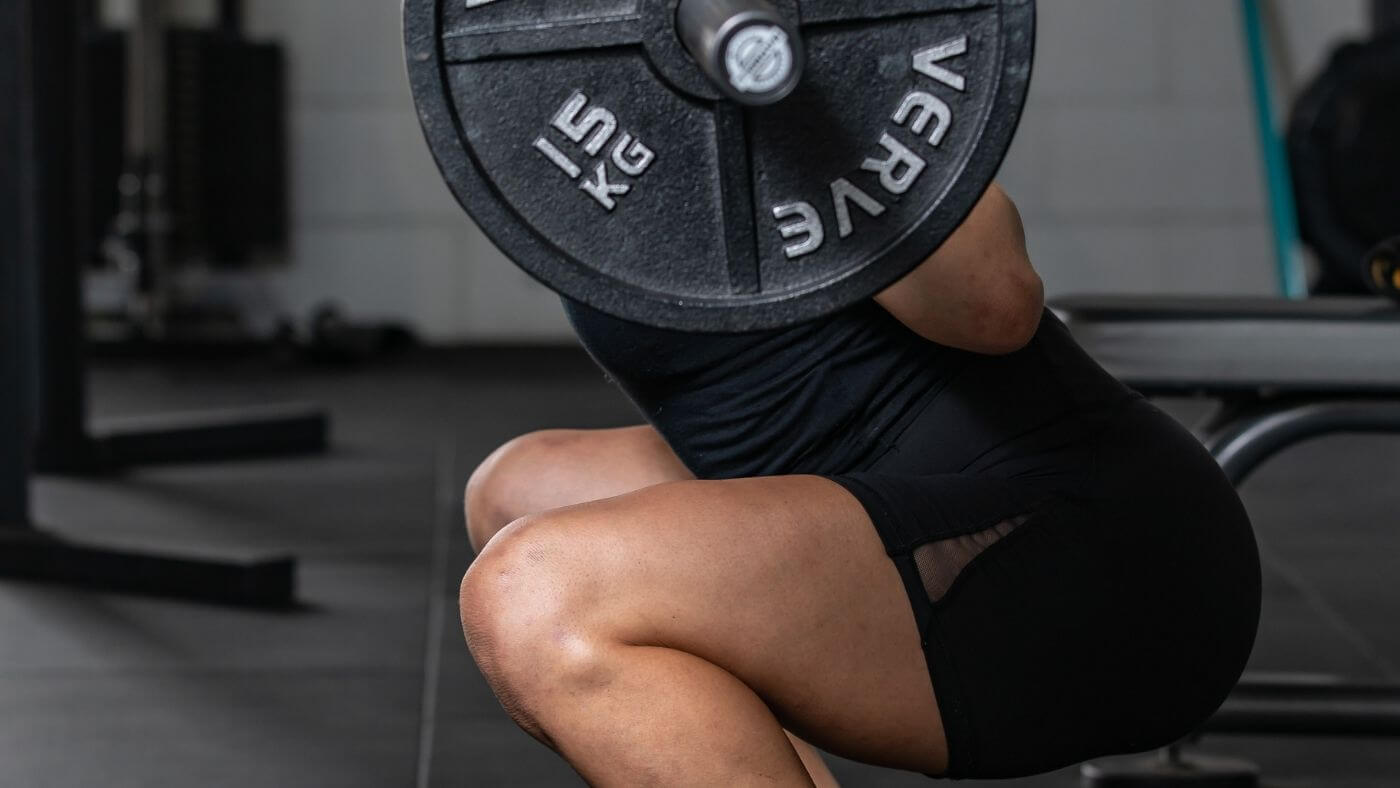The deadlift is often hailed as the king of all exercises, and for good reason. This compound movement engages nearly every muscle in the body, building strength, power, and resilience. Whether you’re a seasoned lifter or just starting your fitness journey, mastering the deadlift can unlock a new level of physical capability.
In this post, we’ll explore the benefits of deadlifts, proper technique, and how to incorporate them into your workout routine to maximise gains and prevent injury.
What’s a Deadlift?
A deadlift is a foundational strength exercise that primarily targets your posterior chain, which includes the hamstrings, glutes, and lower back. It involves lifting a weighted barbell or other heavy object from the ground to hip level in a controlled manner.
As one of the most effective full-body exercises, the deadlift not only helps in building strength and muscle mass but also enhances functional fitness by mimicking movements we perform in daily life, like lifting heavy objects.
Due to the large muscle groups engaged during the lift, deadlifts are excellent for burning calories and boosting metabolism, making them a valuable addition to any fitness regimen.
How to Deadlift Properly
To perform the deadlift safely and effectively, maintaining proper form is crucial. Start by positioning your feet shoulder-width apart, with the barbell over the middle of your feet.
As you bend down to grip the bar, ensure that your spine remains neutral—this means keeping your head, neck, and back in a straight line. Your back should remain flat throughout the movement to protect your spine from injury.
Engage your core and focus on driving through your heels as you lift the bar, keeping it close to your body. As you stand tall, fully extend your hips and avoid hyperextending your lower back at the top of the lift.
How to Use Your Quads more in a Deadlift
To make the deadlift more quad-dominant, you can modify your technique slightly to emphasize the muscles at the front of your legs. Start by positioning your feet slightly closer together and point your toes forward or slightly outward.
As you initiate the lift, focus on driving through the balls of your feet and actively engage your quads.
When lowering the bar, bend your knees more deeply than you would in a traditional deadlift, allowing your quads to take on more of the load.
This adjustment shifts some of the emphasis from your posterior chain to your quadriceps, making it a great variation for targeting those muscles more intensely.
How Low Do You Have to Be for a Deadlift?
The depth of your deadlift—how low you lower the barbell—depends on your body proportions and mobility. Generally, you’ll want to lower the barbell to around knee level or just below.
The exact range may vary based on factors like leg length, torso length, and flexibility. The key is to maintain a straight back and a neutral spine throughout the movement. If you can’t maintain proper form at a certain depth, it’s better to limit your range of motion until your mobility improves, rather than risk injury by going too low.
How to Not Do Your Back Out While Deadlifting
First, make sure to warm up before lifting heavy weights. Keep a neutral spine and avoid rounding your back. Use a weight that you can lift safely and correctly.
Use your legs more than your lower back to generate the power to lift the weight. Think about driving through your heels and using your legs and glutes to stand up, rather than just pulling with your lower back.
Sports That Benefit from Deadlifts
The versatility of the deadlift makes it beneficial for athletes across a wide range of sports. Here’s how deadlifts can improve your performance:
Football & Rugby: Deadlifts help build explosive power, which is crucial for strong tackles and quick sprints on the field.
Basketball: Incorporating deadlifts into your training can improve your vertical jump and overall stability, giving you an edge on the court.
Track & Field: Deadlifts enhance sprinting speed and endurance, making them a must-have for runners and sprinters.
Powerlifting & Weightlifting: For those in competitive lifting, deadlifts are essential for building the foundational strength required for heavy lifts.
Deadlift Tips
Types of Deadlifts
Deadlifts come in various forms, each targeting different muscles and offering unique benefits. Here’s a closer look at the most popular deadlift variations:
Conventional Deadlift: The classic deadlift that targets the entire posterior chain, including hamstrings, glutes, and lower back.
Hex Bar Deadlift: Performed with a hex bar (or trap bar), this variation allows for a more neutral grip, reducing stress on the lower back and shoulders.
Romanian Deadlift: Focuses more on the hamstrings and glutes, with an emphasis on the hip hinge movement.
Sumo Deadlift: Utilises a wider stance, placing greater emphasis on the quads and adductors, and is often easier on the lower back.
What Is the Difference Between a Romanian Deadlift & a Sumo Deadlift?
The Romanian deadlift is a variation of the standard deadlift. It targets your hamstrings and glutes. The sumo deadlift is a deadlift variation that targets your quads and adductors.
How to Perfect a Romanian Deadlift
To perform the Romanian deadlift, start with the barbell on the floor in front of you. Bend at your hips and knees to lower the barbell down your shins until you reach a comfortable position. Extend your hips and knees to return to the starting position.
How to Perfect a Sumo Deadlift
To perform the sumo deadlift, start with the barbell on the floor in front of you. Step your feet out wide and turn your toes out.
Bend at your hips and knees to lower the barbell down your shins until you reach a comfortable position. Extend your hips and knees to return to the starting position.
What Barbell Should I Use for a Deadlift?
When choosing a barbell for deadlifts, your options can greatly influence your lifting experience and overall results. At VERVE, we recommend using a Deadlift Bar or a Hex Bar, both of which offer unique benefits.
The Deadlift Bar is specifically designed for deadlifting, with a slightly longer shaft and more flex, allowing you to generate more force before the plates leave the ground. This bar is ideal for lifters aiming to increase their strength and power.
On the other hand, the Hex Bar (also known as a Trap Bar) is excellent for those who want to maintain a more neutral grip, which is easier on your joints and can help reduce stress on the lower back. The Hex Bar’s design allows you to stand inside the bar, keeping the weight closer to your body’s center of gravity, making it a great option for both beginners and experienced lifters looking to emphasize safety and form
How Many Reps Should You Do?
Your rep range should be determined by your fitness goals:
For Strength: Perform 3-5 sets of 1-5 reps with heavy weight to build maximum strength.
For Muscle Growth (Hypertrophy): Aim for 3-4 sets of 6-12 reps with moderate to heavy weight.
For Endurance: Go for 2-3 sets of 12-15+ reps with lighter weight to build muscular endurance.
Final Pointers to Remember:
Form is crucial when performing deadlifts to avoid injury and maximize results. Here are some key tips for maintaining proper form:
Maintain a Neutral Spine: Keep your head, neck, and back aligned to protect your spine.
Engage Your Quads: Your quads play a vital role in controlling the movement, especially as you lower the barbell.
Lift with Your Legs: Drive through your heels and use your legs and glutes to lift the weight, rather than pulling with your lower back.
Keep the Bar Close: The closer the bar is to your body, the better control you’ll have, and the less strain on your back.
Deadlifts Give Your Workout a Boost
Now that you know how to deadlift, put this knowledge to use and start reaping the benefits of this exercise! Head over to our shop to buy a barbell and weight plate set so you can add deadlifting to your routine.
The VERVE Deadlift Bar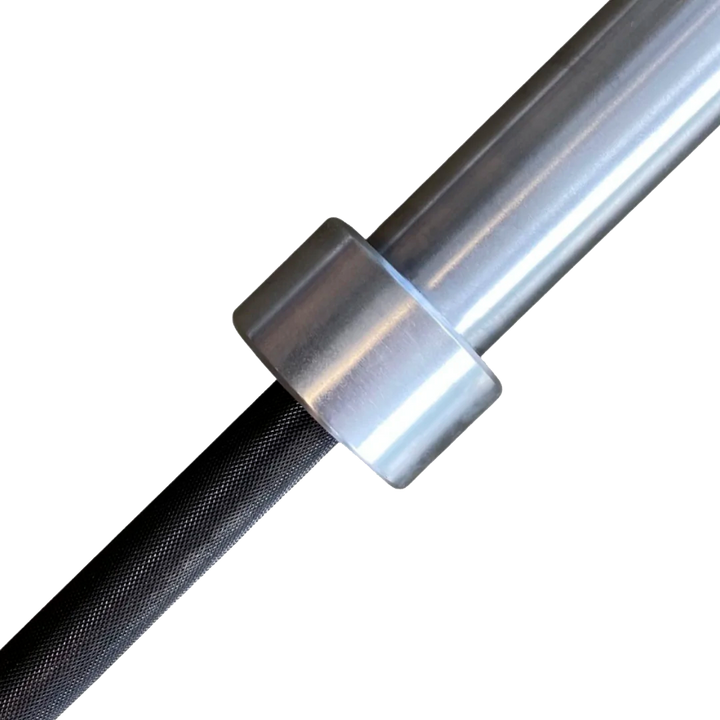
$629
VERVE DEADLIFT BAR The VERVE Deadlift Bar is our newest and most highly anticipated bar yet. Precision engineered and purpose built for competition and power lifting enthusiasts, this bar is ideal in training for your next PR lift. This bar… read more |
VERVE Stainless Steel Deep Knurl Power Barbell - 20kg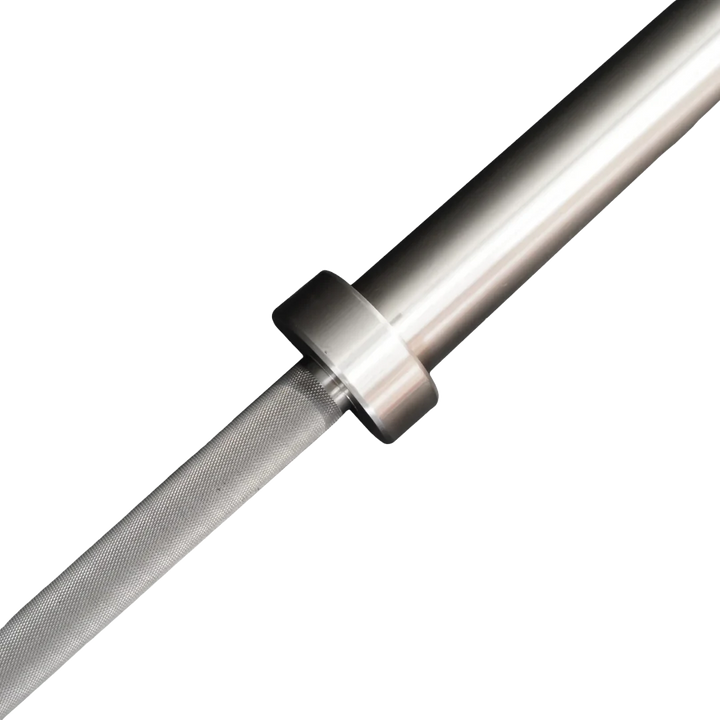
$749
VERVE Stainless Steel Deep Knurl Power Barbell The VERVE® Deep Knurl Power Barbell is a barbell catered specifically for experienced Powerlifters adhering to all IPF bar specifications. The aggressive mountain knurl pattern, instead of the commonly used volcano knurl, is cut extra deep… read more |
VERVE V2 Trap Bar
$490
VERVE V2 Trap Bar The VERVE® V2 Olympic Size Trap Bar features a highly durable hexagonal frame forged from thick 38mm square steel tubing. Perfectly knurled parallel handles with a 32mm diameter provide excellent grip allowing you to fully focus on your lift. The VERVE V2… read more |
VERVE Olympic Hex Shrug Deadlift Trap Bar - 6'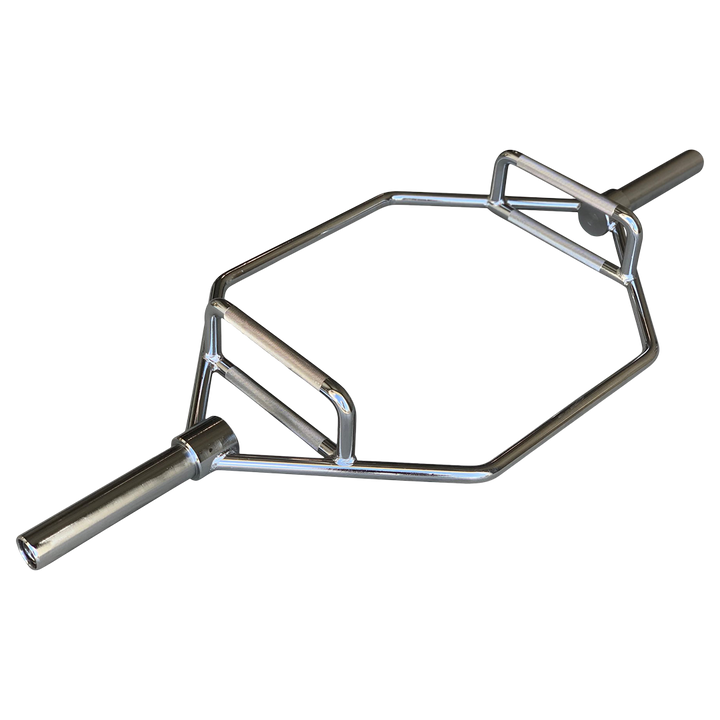
$329
VERVE Olympic Hex Shrug Deadlift Bar - 6' The VERVE® Hex Shrug Deadlift bar is a bar that is designed to surround the lifter within a HEX frame to allow for the handles of the bar to placed at the sides… read more |
|

